Realities
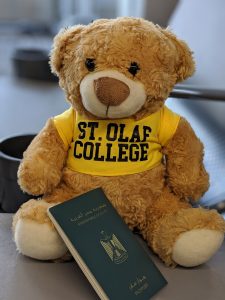
“This is my reality” mentioned Ms. Amor, teacher of English in Buenos Aires and a guest speaker for our education class.
You are welcome and encouraged to think critically about you reality and view it upside down when reading this post.
We were given the opportunity to talk with Synthia Cohen, an artist from Buenos Aires. If one thing you need to know about me is that I struggle sometimes with appreciating and understanding art. However, Synthia made me feel that I can look at her art and feel something. She said that she loves when her work can be interpreted differently depending on the eyes that see it. She showed us this piece that I did not feel comfortable looking at it from that angle. “Please, put it upside down!” I thought to myself.
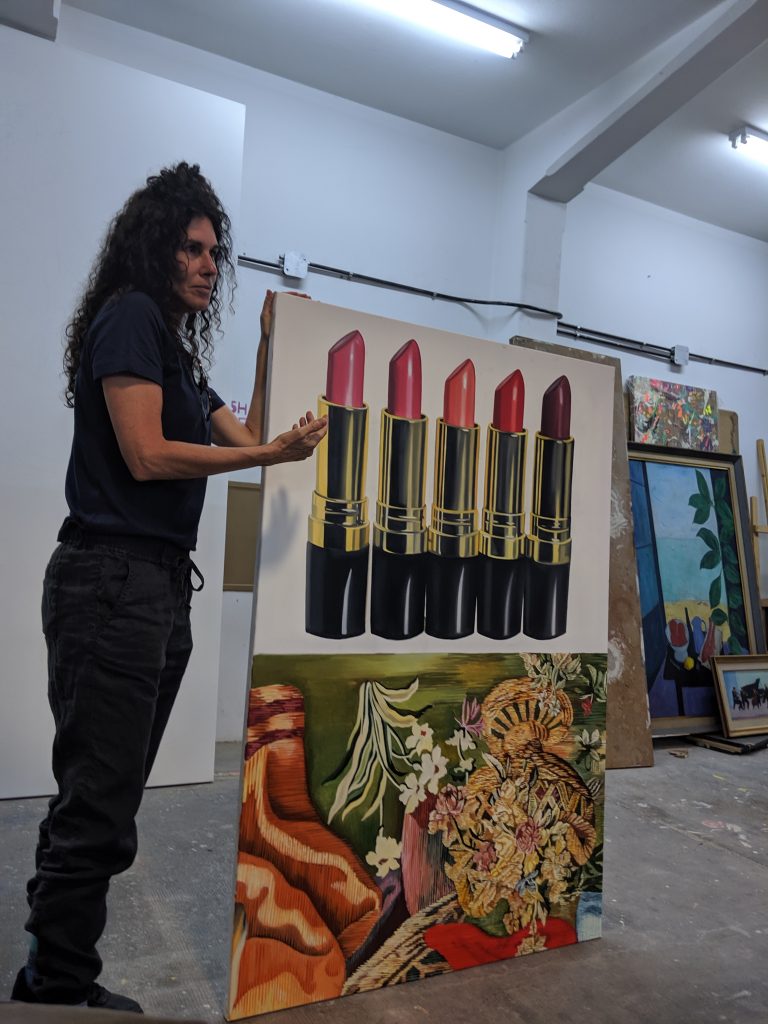
I don’t only struggle with understanding art, but I also struggle at museum visits. I simply feel I am not a museum material person. So during our visit to Museo Nacional de Bellas Artes, I asked my friend Seda, “Do you think it is worth all the money to create large spaces like this to display works of art?” Maybe it came out of frustration that I simply do not understand why this large white canvas with three dots is important or reading about banana duct taped to a wall that is worth $120,000. Seda said that art can be a way to advocate and tell stories of politics and social issues in a society. And Synthia said that art can be political. I wish I can see an example of what they mean!
My thought and frustration disappeared the following day when I saw a powerful use of space and art to advocate for social justice. We were able to visit Parque de la Memorial y el Monumento a las Víctimas del Terrorismo de Estado (Memorial Park and Monument to Victims of State Terrorism). The park was created as a memory of the 30,000 “disappeared” during the state terrorist period. If you do not know anything about it and did not read the previous blog post written by the awesome Clara Brand, I encourage you to do so. The park is located in front of the Río de la Plata estuary. When you are on the west side of the part you can see this statue.
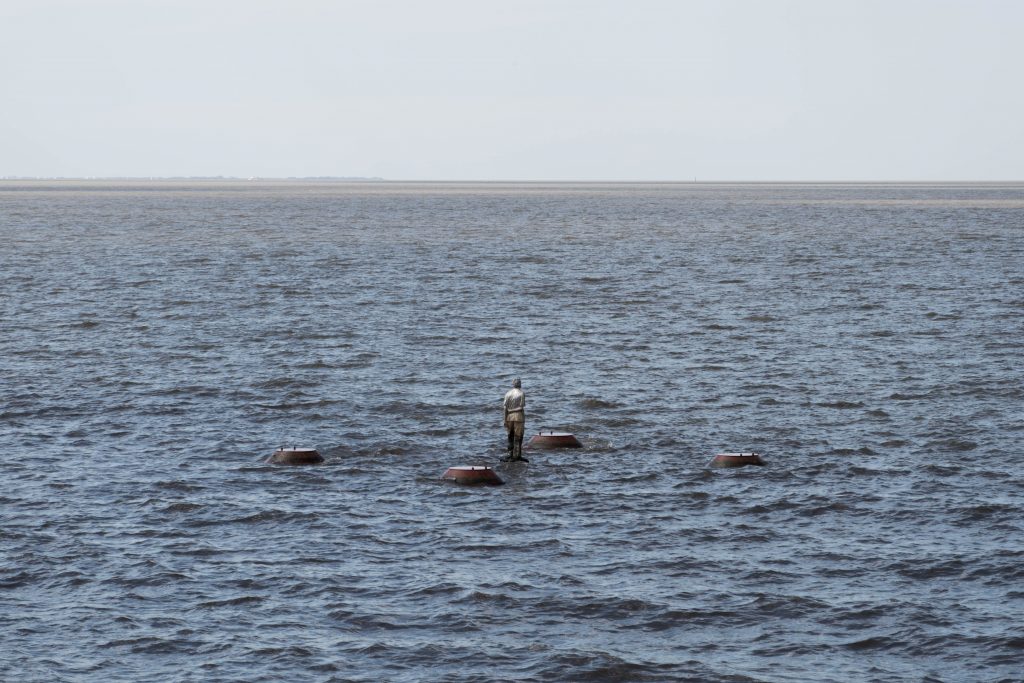
You can not really see the face but it is designed after the youngest child who was among the ‘disappeared’, Pablo, a 14 year-old. The statue was meant not to show his face according to our guide, because the artist wanted it to be a reminder for the thousands for the disappeared– not just him. Mothers of Plaza de Mayo requested this park to be a space for reflections and enjoyment; I left definitely reflecting…
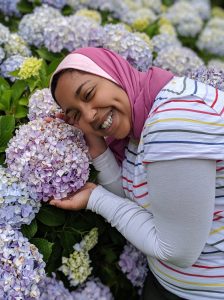
Buenos Aires in general is leaving me with lots of reflections and an indescribable feeling. On one hand, it is the city where I experienced things for the first time ever, like watching a football game (I strongly believe soccer should be called football, but I get it). It is the city where I was reminded that the eye needs to see nature once a while, during our visit to Tigre town, to relax the soul of the continuous reflections.
On the other hand, it is the city where I spend time reflecting on the program. I look at this picture that we took in May 2019 and I think to myself “I had no clue what I was getting myself up to :)”
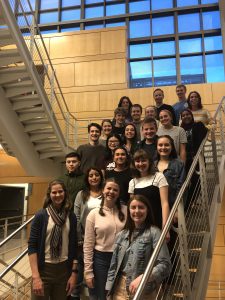
I learned from the people I travelled with. I experienced new things because of their love for these things. The program definitely allowed me to think bigger than my reality. I am reaching the end with some hard questions such as How will I portray spaces that I was a guest at? How will I talk about realities that I couldn’t fully comprehend? However, I am leaving with one definite thing that each person walks with a complete reality.
— Aml Mohamed ’21
You must be logged in to post a comment.